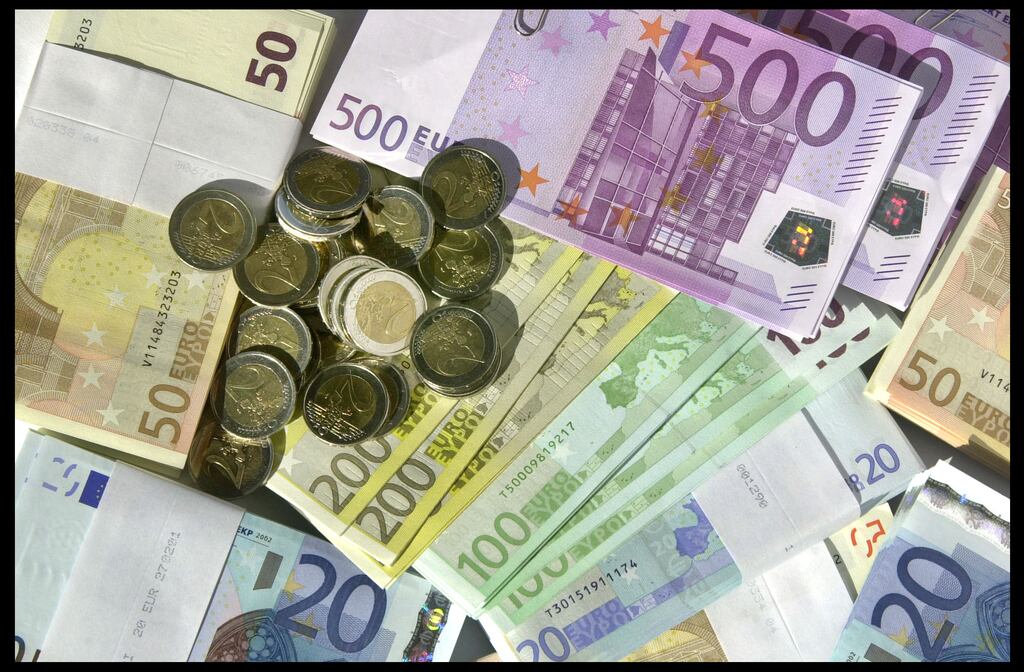The euro slid to a 20-year low against the US dollar as traders bet that the European Central Bank will go slower on raising interest rates as the economy risks being tipped into a recession.
The common currency fell as much as 1.4 per cent to $1.0281, its weakest level since December 2002. The losses came as money markets continued to trim ECB tightening bets as growth outlook for the euro zone darken, with traders now eyeing the prospect of gas shortages as Russia cuts back on supplies.
“A run of soft economic data and concerns about the outlook for European growth have hit the euro this morning,” said Adrian Finn of Bank of Ireland’s markets and treasury division.
The fallout from war in Ukraine is hampering the ECB’s ability to raise rates as fast as the Fed, despite record inflation, widening the interest-rate differential. “Volatility remains high and market sentiment is pessimistic, so a move to parity between the euro and the dollar could not be ruled out over the course of the summer,” Mr Finn said.
Vasileios Gkionakis, head of European foreign exchange strategy at Citi Bank, said that euro-dollar parity “looks almost inevitable now”, noting that the deterioration in the euro was driven by the prospect of further falls for European stocks and a sharp rise in natural gas prices.
Traders are betting the ECB will kick off their first tightening cycle in a decade later this month with a 25 basis-point increase. Money-market traders are now betting the ECB will deliver rate hikes of around 140 basis points this year, down from more than 190 basis points almost three weeks ago.

Which direction are house prices going?
Investors have also been more cautious about the euro due to the risk of so-called fragmentation, when economically weaker nations see unwarranted spikes in borrowing costs as financial conditions tighten. The ECB is expected to deliver further details of a new tool to backstop more vulnerable countries’ debt at their policy meeting later this month.
The losses on Tuesday were compounded by poor liquidity and selling in euro-Swiss franc, according to Europe-based traders. The euro fell as much as 0.9 per cent against the Swiss franc to 0.99251, the lowest level since 2015.
The US Federal Reserve lifted its benchmark rate by 0.75 percentage points in June, its largest such increase since 1994. But investors have in recent weeks scaled back their expectations of how high the world’s most influential central bank will raise borrowing costs in the coming months, amid mounting evidence of an economic slowdown.
Futures markets indicate that the Fed is now expected to lift rates to 3.3 per cent by early 2023, down from projections three weeks ago of 3.9 per cent. Details of the Fed’s most recent monetary policy meeting, due to be published on Wednesday, may give further clues about the extent to which the central bank is willing to tighten monetary policy.
A closely watched US jobs report on Friday will also signal the level of heat in the country’s labour market, a criterion that may also influence Fed decision making.
— Bloomberg/The Financial Times












